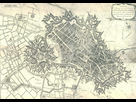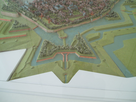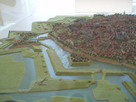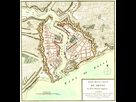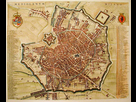
Originally Posted by
Joseon194

I know that defending walled cities had fallen out of practice by the time gunpowder had become a staple in European armies by the year 1700s. But I have a few questions such as: was there ever a time during the Napoleonic Wars where a walled city was defended by the garrison on the walls while firing at them with a musket from above? Also, why was it that every time (especially for Paris, Berlin, Vienna, and Moscow) that an army was marching on the capital, they didn't even bother to defend their city through the walls or on the streets?





 Reply With Quote
Reply With Quote











